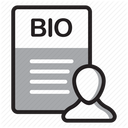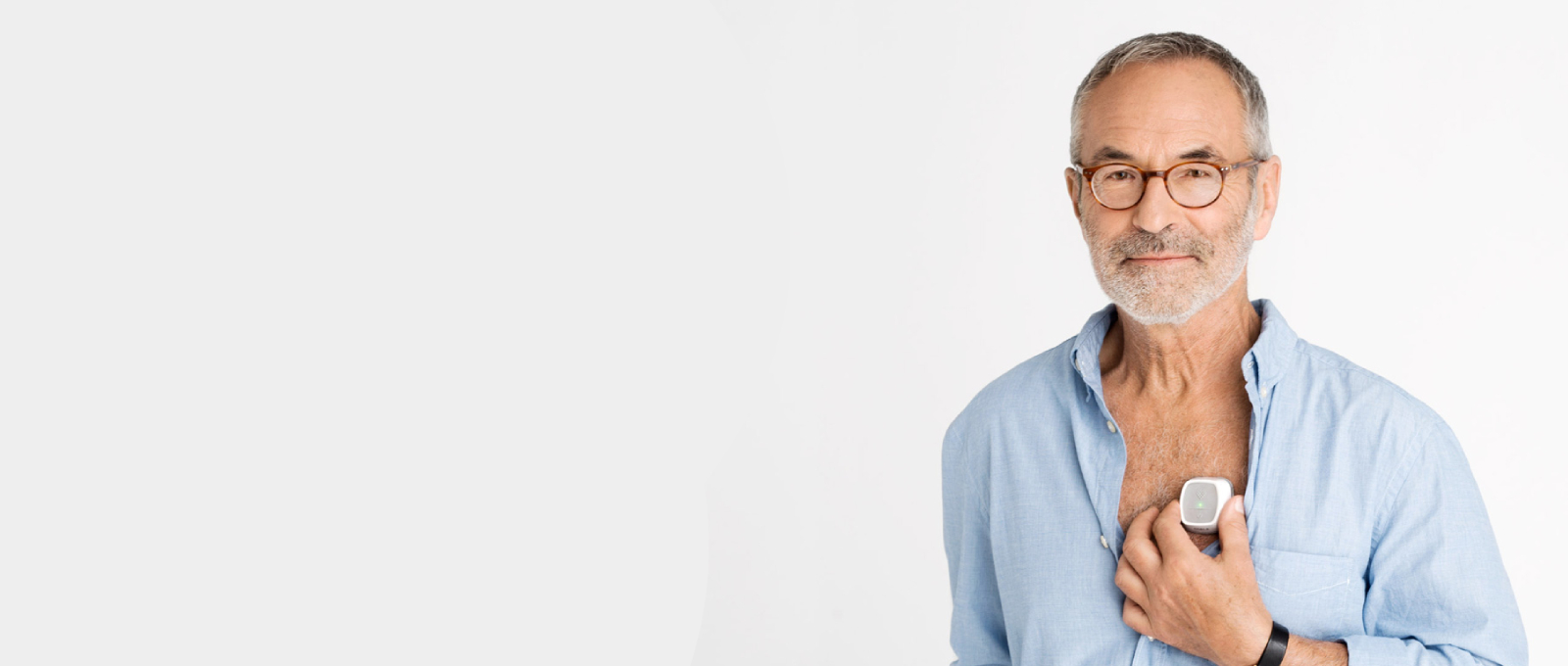
The International Expansion

From Stockholm to US, EU and Japan in just months
Soon after Coala Life received FDA clearance for the Coala Heart Monitor and subsequent A-series funding, it announced in its foray into the U.S. market last October.
Philip Siberg, founder of Coala Life did what every founder would do - promptly switched base from Stockholm, Sweden to head up the US expansion with base in Irvine, CA, the world’s leading med-tech cluster.
Siberg says he misses some things from Sweden as the vibrant entrepreneurial eco-system. Stockholm actually produces the second-highest number of billion-dollar tech companies per capita, after Silicon Valley.
Coala Life is expanding in the U.S. primarily into three markets:
(1) prescribed ambulatory monitoring in primary care and cardiology
(2) post-procedure monitoring to reduce readmissions and
(3) long-term home monitoring solutions for chronic and home-based care.
Coala Heart Monitor is offered in the U.S. as a prescription-based solution (covered by near all payors) that can be billed either as 30-day Event Monitor, or as a long-term remote patient monitoring (RPM) solution. "This 2-in-1 solution is unique and has attracted a lot of interest in the short term we have been on the market. There is no split of professional / technical billing, rather a solution for providers to bill the global codes, helping to reduce the costs for patients and payors." notes Siberg.
St. Louis Cardiology Center clinic was first in the U.S. to use the Coala Heart Monitor for the remote monitoring of patients with suspected AF. Dr. Jerome Dwyer, Cardiologist, President of St. Louis Cardiology Center, P.C., and Dr. Gil Vardi, Cardiologist, Partner at St. Louis Heart and Vascular were instrumental in making this happen. “The real-time Coala monitor reduces patient cost, contributes to lowering U.S. healthcare spending, while at the same time improving diagnostic accuracy for my patients. It is perfect for my St. Louis patients, as well as my outreach patients scattered across Southern Missouri! My patients who have tried it, loved it!,” notes Dr. Dwyer.
The High Desert Heart Institute of California (part of nationwide Prime Healthcare group), which annually prescribes over 1,000 external patient monitors, evaluated Coala Heart Monitor and has signed a partnership with Coala Life. It is the first major healthcare provider in the U.S. to introduce the Coala Heart Monitor on a broad scale for remote patient monitoring. “The novel patient-centered solution with real-time response and abilities for long-term monitoring is the ideal solution for modern cardiology," comments Dr. Siva Arunasalam, cardiologist and President of the High Desert Heart Institute.
Coala Life has formed the new U.S. clinical advisory board:

L to R:
Doug Helm (Coala Sales Manager Midwest), Carma Connely (Coala VP Operations US), Philip Siberg (Coala President US), Dr Gil Vardi, Dan Pitulia (Coala), Karen McConnell PharmD, Donna Miller (RN St. Louis Cardiology), Dr. Jerome Dwyer, and on the laptop Dr. Muhammad Mustafa.
Jerome V. Dwyer, MD, MBA, Cardiologist and Electrophysiologist, St. Louis Cardiology Center. Dr. Dwyer is a serial entrepreneur, investor, fundraiser, advisor, and physician whose passion is creating and growing new businesses and helping others to do the same.
Gil Vardi, MD, Cardiologist, partner of SLHV and Clinical Assistant Professor of Medicine at Washington University School of Medicine in St. Louis. Dr. Gil Vardi was selected as one of “America’s Best Physicians” for 2019 by the National Consumer Advisory Board, an organization that identifies top professionals in their fields.
Muhammad Mustafa, MD, FACC. Bond Clinic Cardiologist, Winter Haven Hospital. Clinical Excellence Council Chairman, Medical Director of Echocardiography and Medical Director of Nuclear Cardiology.
Karen J. McConnell, PharmD, FCCP, FASHP, BCPS. System Director, Clinical Pharmacy Services at Catholic Health Initiatives (CHI). Karen has previous experience from among others Cardinal Health, Kaiser Permanente and has published more than 35 scientific publications.
Coala Life is off to a great start ever since its U.S. launch. "We now have a strong US team in place, first customers and very satisfied patients,” comments Siberg. "We’re on a mission to disrupt an industry and can promise you we’re years ahead."
He understands, as poet Robert Frost says, "The woods are lovely, dark and deep. But I have promises to keep. And miles to go before I sleep, and miles to go before I sleep."
Philip Siberg, Co-founder & President Coala Life Inc
Philip Siberg is a serial entrepreneur within the medical technology and life science tech sector. He has raised more than 50 million USD of growth capital into several ventures, led companies to global expansion with multiple FDA-clearances, 2x IPOs on Nasdaq, turn-arounds and successful exits. He also has six years of experience within Private Equity/M&A and worked at Intel Corp.
Sieberg co-founded Coala Life AB in 2015 and was the CEO till 2019. From mid-2019, he took up the role of President Coala Life Inc and now leading US expansion based in Irvine, USA. Prior to Coala Life, Sieberg was President & CEO of Acacia Designs BV, Medical Devices firm in the Anesthesia segment and was successfully sold to Senzime AB .Before that he was President & CEO fo twi ither Medical devices companies - Stille AB (NASDAQ: STIL) and CMA Microdialysis AB. He holds Master of Science in Engineering from Royal Institute of Technology (KTH), Stockholm.
By Gergana Koleva
Through innovation in technology, design and connectivity, Coala Life is reimagining possibilities of remote cardiac monitoring to bring a fully integrated solution that works for health systems, payors, and consumers.
A full-circle in
Cardiac Telemetry
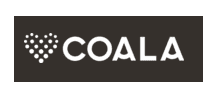


Watch Microsoft's Satya Nadella talk about Coala Life
When Microsoft’s CEO Satya Nadella visited Stockholm, Sweden in May 2019 he ended his keynote ' Envisioning the Future of Digitalization' with a presentation of Coala Life as a game-changer of the cardiovascular industry with its cloud-based solution.
Swedish innovation
Coala Life is a Swedish startup whose unique value proposition is the Coala Heart Monitor, a patch-free cardiovascular arrhythmia detection device with an embedded stethoscope that captures ECG signals and heart sounds. Its complementary cloud-based data analytics platform, Coala Care, analyzes the full disclosed, high resolution data using smart algorithms to detect cardiac rhythm deviations by advanced pattern recognition including real-time AFib detection based on P-waves and R-R dispersion. The heart sounds are further transformed into high-fidelity phonocardiograms (PCG) for murmur detection in real time. Both health care providers and patients can view the results – the former via the HIPAA-compliant online portal and the latter via the Coala smartphone app – and physicians can send secure private messages immediately if something requires a follow-up.
“When running a previous venture, I worked so hard as new investors came in that I ended up in the ER with palpitations and chest pain. The eye-opener of legacy ECG that did not find anything, waiting hours for results, and feeling out of control sparked in me the interest of a solution where I could follow my heart myself, anytime, anywhere,” says Philip Siberg, Coala´s president and co-founder, recalling the inspiration behind starting the company.
Beyond synchronized interpretation of vital signs and symptoms of arrhythmias the data portal is designed to be dynamically refined and enhanced by AI algorithms as more reference data from users come in. These capabilities combined put the company in a category of its own: that of a holistically conceived, self-learning preventive and predictive portable ECG technology.
“Coala brings in a new level of deep learning and algorithm enhancements. Our current thousands and thousands of users are constantly fueling the system with real-time data,” says Siberg. He notes that the OTC availability of the monitor in Sweden serves as a natural lab environment for optimizing the arrhythmia diagnostic algorithms on which the platform runs, thanks to the patient data that it ingests from users in those countries.
Still, he acknowledges that too many startups claim AI enhancements that do not match how their products actually work. “AI remains pretty superficial in many solutions and real implementation in healthcare is still to a minimum,” he says, noting that in cardiology less than one percent of research makes a reference to AI, as he observed at the most recent congress of the European Society of Cardiology.
In 2017, the Swedish government awarded the young company a grant to support its work on developing an AI solution that can predict the probability of AFib based on a patient´s aggregated ECG recordings and other health data. The Coala Life AI algorithms are the crowning achievement of those efforts.
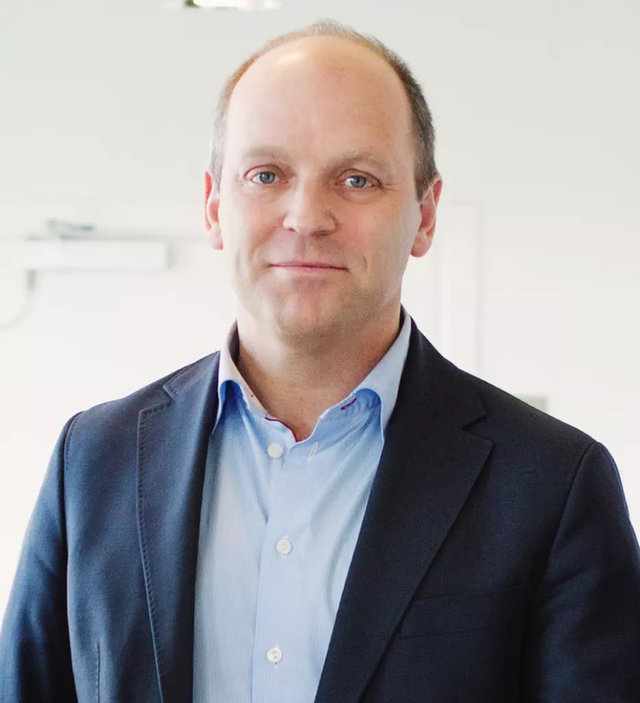
Coala brings in a new level of deep learning and algorithm enhancements. Our current thousands and thousands of users are constantly fueling the system with real-time data, says Siberg. He notes that the OTC availability of the monitor in Sweden serves as a natural lab environment for optimizing the arrhythmia diagnostic algorithms on which the platform runs, thanks to the patient data that it ingests from users in those countries.
Patch-free, wire-free, and real-time connection to the cloud. It’s about empowering the patient to ultimately help providers predict and prevent cardiac disease


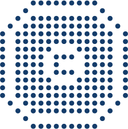



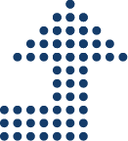
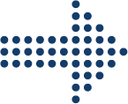



FOLLOW YOUR HEART
Have the Coala with you in everyday life.
RECORD
Record your ECG and heart sounds - anywhere, anytime.
ANALYZE
Smart algorithms analyze
your ECG instantly.
ACCESS
Results shown immediately
to you and your doctor.
ACT
Superior clinical quality enables quick diagnosis.
Philip Siberg, Co-founder Coala Life
A startup with deep roots
Coala Life´s beginnings date back to 2004, when a group of Swedish physicians and entrepreneurs set out to research how to improve cardiac diagnostics. It was officially founded in 2015, after Siberg’s return to Sweden from the U.S., where he had worked as a CEO for Nasdaq-listed surgical device company.
“We worked in hyper speed, got CE approval in November 2016, and launched shortly thereafter in 2017 with a clear strategy of starting in Sweden: consumer first to learn, then on to healthcare, then FDA clearance, and then scale-up in the U.S. Trim, learn, optimize and validate in Sweden for two years. And always with the patient and user in the center,” he says.
Meanwhile, the accolades kept coming. Throughout its evolution, the company has won more than 15 innovation awards at home and abroad, including being named one of the 100 Global Leaders in Digital Health by the Journal of mHealth and one of the 100 Hottest Startups in Europe by Wired magazine in 2019, as well as winning the Swedish Ministry of Health´s eHealth award in 2017.
In the first half of 2019, it received 510(k) clearance by the Food and Drug Administration for the Coala Heart Monitor and $11 million in Series A funding to support its entry in the U.S. market. The company launched its operations in the US in Q4 of 2019 with strong encouragement from the market, including use cases in primary care, cardiology and post-procedure follow-up.
Product innovation
“Our mission has always been to move at light speed and be agile with respect to customer needs. I spent a year talking with cardiologists and experts, saw the need and an untapped market, and then did about a hundred investor pitches. As we initiated our first $2 million R&D project, we had a single page of bullets and requirements in the specifications. There was no time for spending years and money on analysis, the rest we decided on as we moved along and based on user inputs,” says Siberg.
The “social listening” employed by Siberg to understand the unmet needs of the cardiology community is reflected in the diagnostic-quality readings made possible by the Coala monitor. To ensure input data is of the highest quality, the device, which is in the shape of a small jewelry box, collects thumb ECG measurements in addition to chest ECG and heart sounds, gathering them in two 30-second recordings by simply placing the monitor on the thumb and chest, respectively. Ideally, the measurements are self-initiated when patients feel palpitations, but even if nothing atypical appears to be happening, the algorithms – which have been trained on more than 500,000 ECG strips to recognize up to 10 different arrhythmias as well as heart murmurs – will crunch the data and provide an interpretation within seconds.
The Coala device is geared toward people with palpitations and intermittent symptoms of possible heart arrhythmia, not toward complex patients who may be better served by longer-term wearable heart monitors. In fact, it does not market itself as a solution for such patients and Siberg is convinced that, conversely, neither are extended-use ECG devices the best choice for people whose health status does not warrant constant monitoring.
“Mobile cardiac telemetry devices are a solution to enable longer Holter-type monitoring, but they are expensive, can result in data overload for physicians, and what patient really wants to wear ECG patches on their chest for 30 days? They are good for finding asymptomatic issues in complex cases but are overkill for the absolute majority that have just symptomatic palpitations. But they are pushed by the medical device industry due to high technical reimbursement,” he says.

Benefit for all stakeholders
Coala Life has brought fresh innovation to the remote cardiac monitoring space not only through its advanced deep learning technology, sequential combination of digital chest- and thumb-ECG, built-in stethoscope, cloud-based mobile platform, and ease of use for patients, but also in terms of cost-effectiveness for payors.
Viewed as little more than an afterthought in the innovation journeys of many medtech players, payors are considered an integral part of Coala’s value proposition. The company´s global billing approach translates into lower expenses for reimbursing claims tied to the use of the device compared to MCT and patch products, while at the same time allowing physicians to retain a larger portion of the payments than they do when working with alternatives. The Coala monitor is available by prescription in the U.S., where it can be billed either as a 30-day event monitor or as a long-term remote patient monitoring solution.
“The players that offer solutions that patients want, that provide efficient reimbursement to clinicians, and incentivize payors to roll out programs that help to reduce admissions, reduce costs, and improve quality of life will ultimately win the race,” states Siberg in an allusion to how the Coala Life solution helps meet the goals of the Triple Aim.
Clinical ROI
By providing real-time high-fidelity cardiac diagnostics, the Swedish company´s product and service aim to reduce time delays, gaps in patient follow-up, burdens on healthcare systems, and the low diagnostic yield that haunts many current remote ECG solutions. The Coala monitor has been used in several clinical studies that have demonstrated its effect on streamlining arrhythmia assessments in clinical workflows by saving time for both cardiologists and nurses and shortening waiting times for patients. Research has also revealed the superior accuracy of its technology, achieving a 300% reduction in false positives for AFib compared to single-lead ECG measurements.
In a context in which 30 million patients live with AFib and another 30 million live with it but don´t know it, the device can help put the brakes on a sprawling public health problem by catching symptoms early and reducing hospital admissions and readmissions.
As for what the future of remote cardiac telemetry holds, Siberg lays out a seductive vision: “Patch-free, wire-free, and real-time connection to the cloud. It’s about empowering the patient and using smart sensors and algorithms to ultimately help providers predict and prevent cardiac disease. ”





